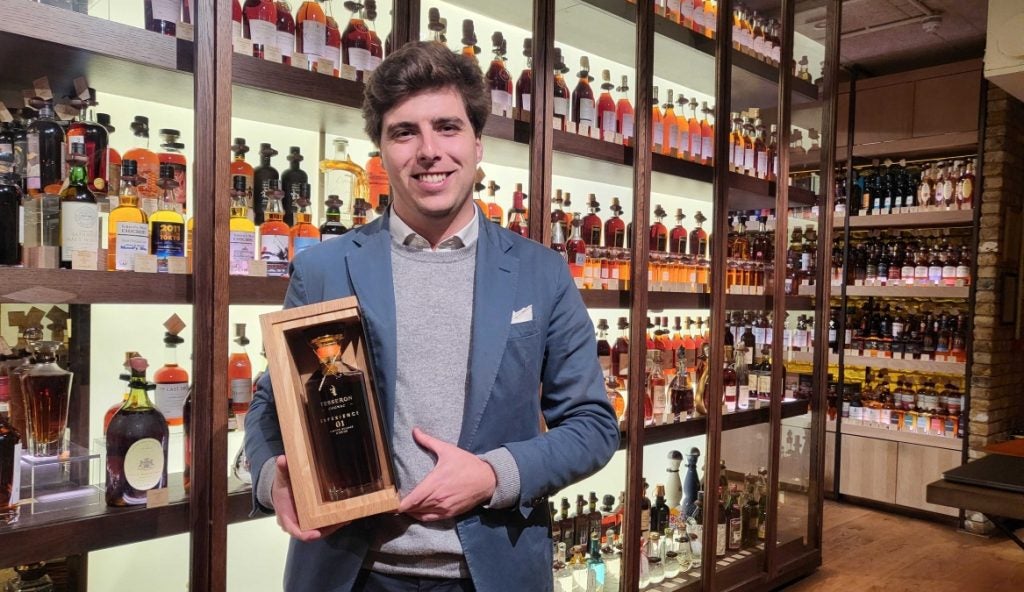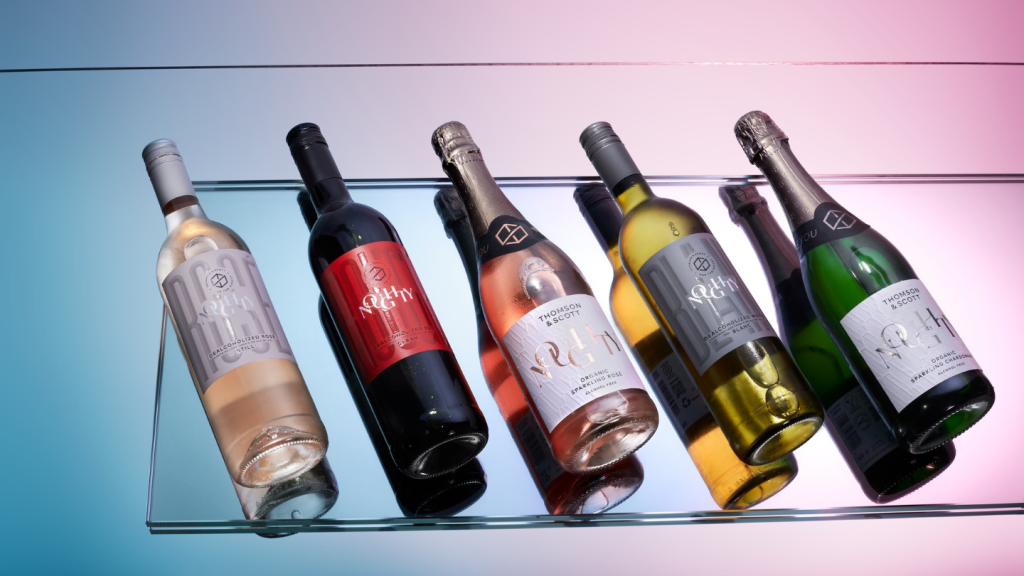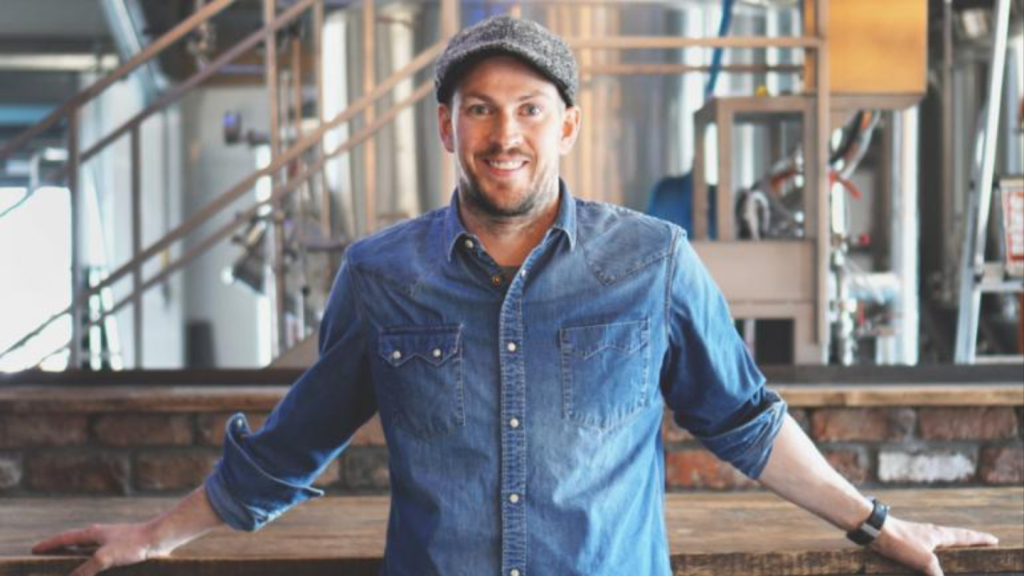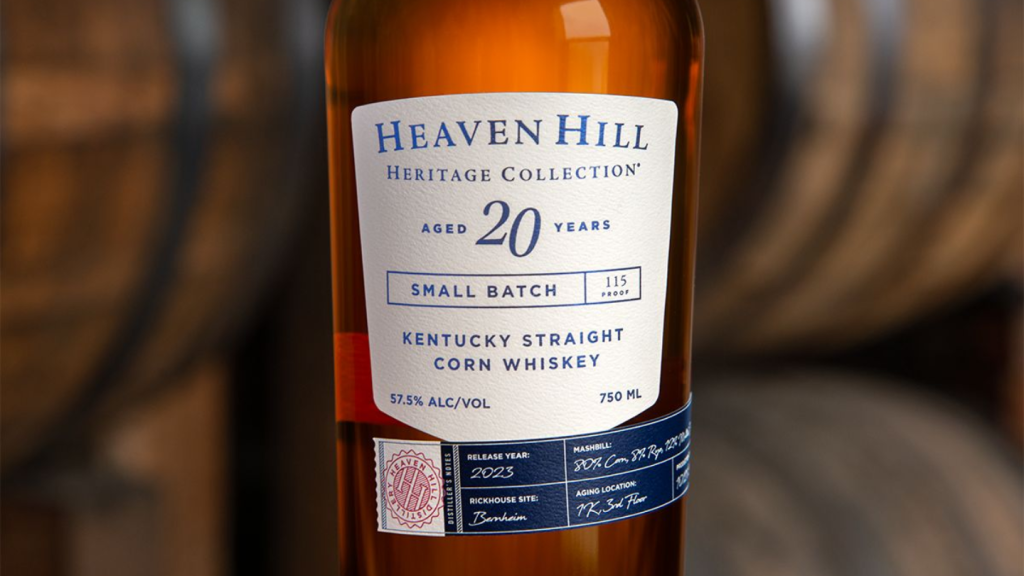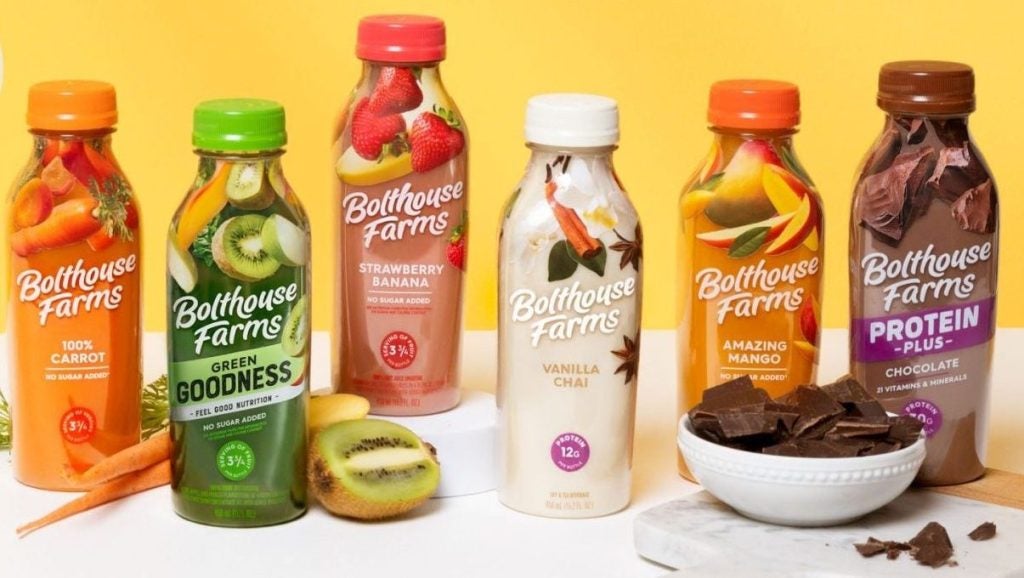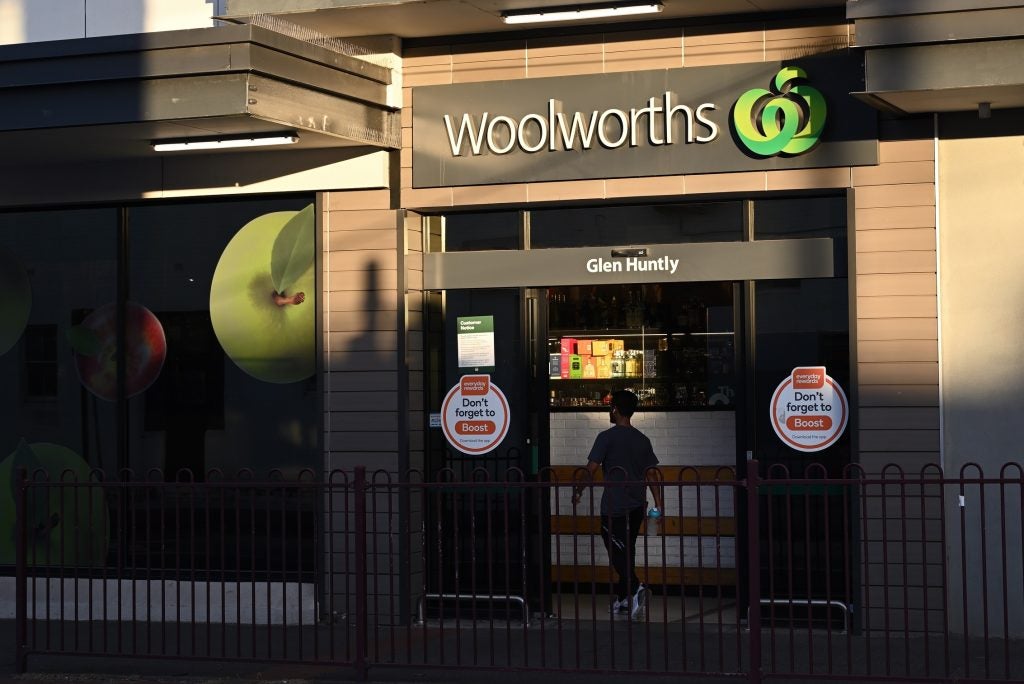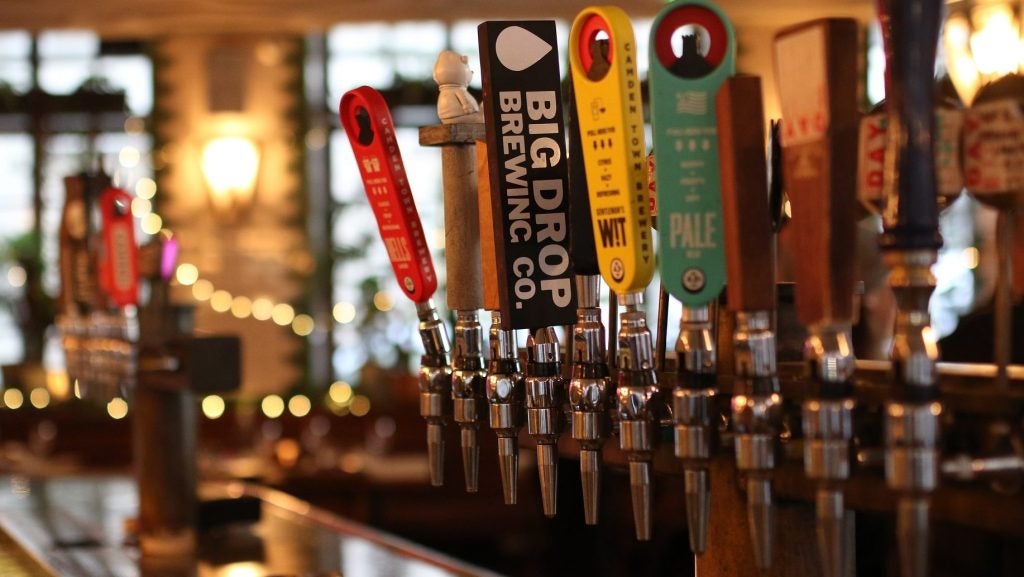Until the turn of the millennium, the Tesseron family sold all its grapes to Cognac Houses. With a cellar full of rare, aged Cognacs, the Tesserons launched their own brand in 2003.
The 11-strong range only includes XO (extra old) Cognacs and above in age – meaning its eaux-de-vie are aged in barrels for at least ten years.
The family also own vineyards in Bordeaux – Château Pontet Canet – and California – Pym-Rae, the former property of actor Robin Williams.
Like many family-owned businesses, fourth-generation siblings Noé and Justine Tesseron do “a bit of everything” – overseen by their father Alfred.
Just Drinks spoke to Noé at London wine shop Hedonism last week about market trends, China, the US and the negociant-turned-House’s strategy.
Just Drinks: What was the rationale behind creating the Tesseron brand?
Noé Tesseron: We used to depend on the purchasing of big and small houses. At the end of the 1980s/early 1990s there was a big crisis in Cognac. At the time, Cognac used to depend on Japan. When it collapsed, all the big houses stopped purchasing Cognac so the activity went downhill. The distillery closed for more than ten years, until the mid-noughties.
That, along with the fact that [our] collection is unique in Cognac and that my father always wanted to start something of his own, kind of pushed him [to do it].
Since we launched the brand 20 years ago it's getting bigger – modestly. We are rebuilding some buildings and the distillery and so on, so it's kind of getting back to life.
JD: How many countries are you now selling to, where are your focuses?
NT: Around 35. France is big for us compared to most Houses. And then US, Europe in general, Africa is growing, and Asia. The US is our biggest market in terms of potential – we have the most potential clients there.
The UK is big, Switzerland, Germany. Eastern Europeans actually are big spirit and Cognac drinkers. Africa is getting bigger – particularly Nigeria. Believe it or not it is one of the biggest markets of Martell and Hennessy – they love Cognac there. South Africa as well is big, Singapore, Hong Kong and China. A little bit everywhere.
JD: It's interesting you say the US is doing well – it’s been slowing as a market in general, have you seen that?
NT: A little bit. After Covid things went crazy good in a way – people were craving Cognac, people emptied their cellars, the economy was back at bit. Now, since early 2023, things are getting a bit more pushy. You need to work a bit more. But there's still plenty of room. We are a small house. When we see a market trends sometimes in one country we are doing the opposite because we are such a niche thing.
We're not following every trend. For the US, yes, it’s gone a little bit downhill. Things are much harder. I am sure there's plenty of room to continue developing. But still it’s less placement, it's less visibility.
JD: Some have said inventories are just normalising again after COVID – do you think that’s the case?
NT: When you open a bottle of wine it can be drunk in half an hour, when you open Cognac it can be two years – especially high-end Cognac. That's the whole difference. So by the time we sell to a distributor, who sells to the retailer, who sells to the customer, who drinks this bottle and wants another one – that’s such a long time. I think that's one of the factors. There have been a lot of expeditions (shipping) in the past few years and now things are normalising. The economy is struggling everywhere. Everything is uncertain. It’s is everything combined, but I'm pretty sure it would get back to normal at some point. It’s all cycles.
JD: As a luxury product, are your customers impacted by inflation or is it a resilient segment?
NT: Less than most people I guess, but they are more careful with what they spend. You see it even in fine wine, even first-growth Bordeaux, prices are going down.
Take (Rémy Martin brand) Louis XIII, I’m pretty sure they’re selling less. I'm not sure it's because their customers are earning less money, it’s because things are uncertain. The purchasing budget of their intermediaries are smaller, they are more careful. They only buy what they sell. But we're in such a niche it’s always hard to analyse the whole market.
JD: Have you noticed people trading down within Tesseron’s range?
NT: Actually in France last year, the opposite. The Lot 90 (RRP around $129 for 70cl) was the most sold, which is technically our entry level. Now it's Lot 76 (RRP $172) that is the most sold in volume terms.
But that’s just isolated behaviour. Generally speaking, yes. Outside of France it's shifted a bit lower. The average price is lower. But when you're small house, sometimes you depend on a lot of small orders. Sometimes you have big order from a customer that changes everything. That's the reality of a small house. We are not big enough yet to say: ‘Oh, this is a trend.’
JD: Why do you think in France you’ve seen that flip? Are you seeing premiumisation?
NT: I guess, maybe. I think it’s just weird! It’s a coincidence. It's hard to describe trends really because we're not big brand. We are listening to what's happening and seeing it but not necessarily experiencing it. Everything is just much harder and slower.
JD: Are there any interesting countries you're eyeing to export to in future?
NT: Actually we just opened Ireland. For some reason there are some markets like this that just never happened. A lot of Africa, Togo, Côte d'Ivoire – we opened Nigeria at the end of last year.
We might open Mexico soon. Some Asian countries. We don’t think about these countries as Cognac drinkers but places like Malaysia actually have a big Chinese community and the Chinese are big Cognac lovers. [We’re looking at] the Philippines, Thailand, Cambodia. We might open Japan, too.
JD: Are you in discussions with anyone there?
NT: Through a friend there, yes. We try to put flags everywhere to open markets.
What matters is the quality of placements. It's not to have the bottle in the right hands but to work with people who have the opportunity to talk about the brand. We are small, we don’t have the communication budget of [someone like] Hennessy. [We need accounts where] if one of the guys is asked a question about old Cognac, they can tell them about Tesseron. Restaurants and sommeliers become our ambassadors and they can talk about the product.
It's step by step. Every hand you shake, every glass report, you convince somebody. We are lucky to work with an amazing product.
JD: Are you mainly focused on the off- or on-premise?
NT: Both. Most volumes, realistically speaking, are done with retail shops. But we try to push as much as we can the on-premise for visibility.
JD: Travel retail as well?
NT: A bit but it's difficult because you need big budgets. We can never match what they want, so it's dominated by big brands.
Actually, we are with airline companies. Emirates has had Lot 29 (RRP $731) for six years and just renewed it in first class. We are with Singapore Airlines and Etihad as well. So mostly Asia. We were sold on Air France for seven years.
JD: What are your thoughts on what could happen with China following its anti-dumping investigation?
NT: I have no idea. If they want to do it and they’ve already decided, then they will do it. There's one thing we can control; as an appellation, each big Cognac House has shown that the prices they were selling at in China were the right ones. It was a big common work effort – but does it matter? We will see.
JD: Does what has happened with Australian wine concern you?
NT: Yes. But weve never been huge in China. It’s always been hard to have constant growth there.
JD: Why is that?
NT: When you're not a big brand and you don't invest a lot of time and people and money over there, it's hard to keep up. We have a distributor that is doing his own thing, it’s a different language. If there’s somebody on the ground over there it's easier, but it's not a priority for us. It's very much dominated by private customers, so it’s difficult to have access to them. It’s not like [here] where you need to have access to (private-members’ club) Annabel's and then people will take notice.
It's just a complicated market. But we have somebody based in Singapore and he travels to China quite a lot. I'm going there in a few weeks, so we will see how it evolves.
JD: What’s your outlook for your costs?
NT: It's gotten worse since Covid. Now it's getting back a bit to normal but [costs are] still up. That's difficult because when you're a small house, you don't have crazy volumes of boxes, cases, bottles or corks. The less you order, the more you pay. So that's the difficulty – to be able to try to plan ahead commercially.
We have some faithful customers around the world where business is very consistent – but the rest of it is [uncertain].
JD: Have you had to raise prices or have you taken a squeeze on margins with costs going up?
NT: A bit of both. But steadily over time. Our Cognacs’ prices have evolved… since the beginning of the brand. Now [our prices] are coherent. We have a lot of different levels of age, quality, price to play with. And it's coherent. People are never surprised by the prices – actually they are quite low.
JD: It’s nice to end on a bit of a positive! Where do the biggest opportunities lie for you in the next year or so?
NT: We have a lot of ideas – we want to create some kind of rendezvous experience, every year or two years, because we have so many of these ‘Lots’. So we would have a release – maybe 500 bottles one time and 3,000 bottles next time, with different levels of age of quality and so on. That’s in the pipeline.
We are collaborating with a few restaurants to install a big dame-jeanne (a large glass container or demi-john) to be poured by the glass. We just sent one to Hong Kong, Marina Bay Sands in Singapore and we are working on it in London as well. It’s good visibility for the brand.
The direction we are heading, is to continue promoting Tesseron as ‘the’ Cognac house, where spirits lovers can say: ‘I love Cognac but this is this is special. This is something different.’
We’re trying to do a lot more personalised things and collaborations with both the on- and off-premise, to create value.
JD: How big are the dame-jeannes, will restaurants get through them in time?
NT: It depends but the ones we are using are five litres. The idea is to offer it to people who want to collaborate. A lot of these kinds of restaurants are demanding special formats, they want something weird and special with a ritual. Usually, when it’s a good match like this, they actually sell a lot.


